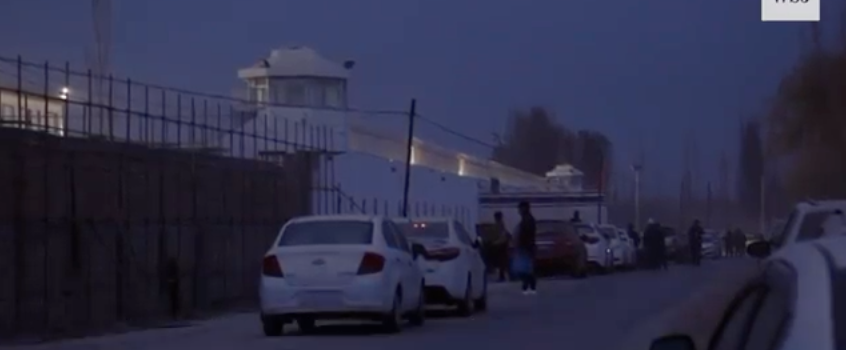Source: Sup China (5/17/18)
China’s gulag for Muslims
The evidence of a campaign to “re-educate” tens, or even hundreds of thousands, of Muslims in western China is building.
By Lucas Niewenhuis
Xinjiang Province has come to be known as one of the most heavily policed regions of the world, especially since Chen Quanguo 陈全国 was transferred from Tibet in 2016 to apply his hardline securitization strategy to the restive Muslim-majority region. Increasingly, it was suspected based on anecdotal reports that massive detention facilities were being used to hold Muslims targeted for their religious practices — but the government has repeatedly denied the existence of reeducation camps.
This week, a few more rare eyewitness reports have been published on the situation:
- Five sources, including two who were willing to use their full real names, told the Associated Press’s Gerry Shih that the indoctrination camps are real, and they aim for nothing less than the near-complete replacement of detainees’ Muslim beliefs with full devotion to the Communist Party.
- Crimes that could land you in detention, Shih reports, include “viewing a foreign website, taking phone calls from relatives abroad, praying regularly or growing a beard.”
- Punishment for these crimes included solitary confinement, food deprivation, being chained up by wrists and ankles, and — especially — forced self-criticism and repetition of slogans.
- “You have to criticize yourself, denounce your thinking — your own ethnic group,” said Omir Bekali, a Kazakhstan citizen who had lived in China previously, then visited Xinjiang and was “detained for eight months last year without recourse.”
- “In four-hour sessions, instructors lectured about the dangers of Islam and drilled internees with quizzes that they had to answer correctly or be sent to stand near a wall for hours on end,” Bekali and other detainees reported.
- The camps require chanting of “Thank the Party! Thank the Motherland! Thank President Xi!” before meals, and repeated chanting of “We will oppose extremism, we will oppose separatism, we will oppose terrorism” during study sessions.
- Imagine this kind of required Party slogan repetition and self-criticism sessions applied to all of China, not just Muslims in Xinjiang, and you have a core part of theCultural Revolution.
- This corroborates earlier reporting done by Shih; check out this Sinica Podcast episode for a discussion of his time in Xinjiang and links to his previous reports.
- Omir Bekali and Kayrat Samarkand, both Kazakh Muslims detained and released in the last year, gave their accounts to both Gerry Shih and Simon Denyer at the Washington Post.
Some remarkable research by Adrian Zenz, from the European School of Culture and Theology in Korntal, Germany, was also published in the China Brief at the Jamestown Foundation:
- Zenz analyzed “information from 73 government procurement and construction bids valued at around RMB 680 million (approximately USD 108 million) along with public recruitment notices and other documents” to prove the scale of detention facilities under construction since March 2017.
- “Between several hundred thousand and just over one million” is the amount of people that Zenz estimates the facilities being built can hold.
- A “leaked document” from public security agencies “could indicate a detention rate of up to 11.5 percent of the region’s adult Uyghur and Kazakh population.”
- “China’s pacification drive in Xinjiang is, more than likely, the country’s most intense campaign of coercive social reengineering since the end of the Cultural Revolution,” Zenz concludes.
- Separately in the New York Times, historian Rian Thum writes (paywall),“An entire culture is being criminalized,” as “Xinjiang has become a police state to rival North Korea, with a formalized racism on the order of South African apartheid.”
Source: osu.edu

Leave a Reply